Properties
| Storage Buffer | PBS pH 7.4, 0.02% Proclin 300, 50% glycerol |
| Storage Temperature | -20ºC |
| Shipping Temperature | Blue Ice or 4ºC |
| Purification | MabSelect™ PrismA |
| Clonality | Recombinant Monoclonal |
| Clone Number | G28 |
| Isotype | IgG Kappa |
| Specificity | Detects N-terminal region of SAP97. Does not cross-react against PSD95, Chapsyn-110, or SAP102 |
| Cite This Product | SAP97 Antibody (StressMarq Biosciences | Victoria, BC CANADA, Catalog# SMC-631, RRID: AB_3716841) |
| Certificate of Analysis | 1 µg/ml was sufficient for detection of SAP97 on Rat Brain Membrane lysate. |
Biological Description
| Alternative Names | SAP97 Antibody, DLGH1 Antibody, DLGH 1 Antibody, DLG1 Antibody, DLG 1 Antibody, Synapse-associated protein 97 Antibody, Disks large homolog 1 Antibody, SAP-97 Antibody, SAP 97 Antibody |
| Research Areas | Cell Signaling, Neuroscience, Organelle Markers, Cell Structure, Post-Synaptic Markers |
| Cellular Localization | Cell membrane, Endoplasmic reticulum membrane, Postsynaptic density, Synapse, Cell junction, Cytoplasm |
| Accession Number | NP_036920.2 |
| Gene ID | 25252 |
| Swiss Prot | Q62696 |
| Scientific Background | SAP97 (Synapse-Associated Protein 97), a member of the MAGUK family, is a critical scaffolding protein involved in the trafficking and localization of glutamate receptors, which are essential for synaptic plasticity and cognitive function. Mutations in the DLG1 gene encoding SAP97 have been linked to schizophrenia, with studies showing that these mutations enhance glutamatergic synapse strength in the dentate gyrus and impair episodic memory processing. SAP97 also mediates a non-conventional secretory pathway for NMDA receptors via dendritic Golgi outposts, highlighting its unique role in receptor sorting and synaptic regulation. Furthermore, SAP97 regulates the trafficking of ADAM10, a key α-secretase involved in amyloid precursor protein processing, implicating it in Alzheimer’s disease mechanisms. Our Anti-Rat SAP97 recombinant monoclonal antibody has been demonstrated to detect the target in rodent brain lysates and in cell culture lines. |
| References |
1. E. I., Marshall, J., Aoki, C., de Silva, T., Montgomery, J. M., Garner, C. C., & Green, W. N. (2009). SAP97 and CASK mediate sorting of NMDA receptors through a previously unknown secretory pathway. Nature Neuroscience, 12, 1011–1019. https://doi.org/10.1038/nn.2362 2. Kay, Y., Tsan, L., Davis, E. A., Tian, C., Décarie-Spain, L., Sadybekov, A., Pushkin, A. N., Katritch, V., Kanoski, S. E., & Herring, B. E. (2022). Schizophrenia-associated SAP97 mutations increase glutamatergic synapse strength in the dentate gyrus and impair contextual episodic memory in rats. Nature Communications, 13, 798. https://doi.org/10.1038/s41467-022-28430-5 3. Saraceno, C., Marcello, E., Di Marino, D., Borroni, B., Claeysen, S., Perroy, J., Padovani, A., Tramontano, A., Gardoni, F., & Di Luca, M. (2014). SAP97-mediated ADAM10 trafficking from Golgi outposts depends on PKC phosphorylation. Cell Death and Disease, 5, e1542. https://doi.org/10.1038/cddis.2014.492 |
Product Images
![<p>Western blot analysis with Stressmarq’s Rabbit Anti-Rat SAP97 Monoclonal Antibody, Clone G28 (SMC-631) showing detection of Rat SAP97 protein in a Rat brain membrane lysate. Block: 2% skim milk + 2% BSA for 1 hour at RT. Primary Antibody: Rabbit Anti-Rat SAP97 Recombinant Monoclonal [G28] (SMC-631) at 1:1000 for 2 hours at RT. Secondary Antibody: Goat anti-rabbit IgG-HRP (H&L) at 1:5000 for 1 hour at RT. Color Development: Chemiluminescent for HRP (Moss) for 3 min at RT in the dark. Exposed 6.54 seconds.</p>](https://www.stressmarq.com/wp-content/uploads/SMC-631_SAP97_Antibody_G28_WB_Rat_brain-membrane-lysate_1.png)
Western blot analysis with Stressmarq’s Rabbit Anti-Rat SAP97 Monoclonal Antibody, Clone G28 (SMC-631) showing detection of Rat SAP97 protein in a Rat brain membrane lysate. Block: 2% skim milk + 2% BSA for 1 hour at RT. Primary Antibody: Rabbit Anti-Rat SAP97 Recombinant Monoclonal [G28] (SMC-631) at 1:1000 for 2 hours at RT. Secondary Antibody: Goat anti-rabbit IgG-HRP (H&L) at 1:5000 for 1 hour at RT. Color Development: Chemiluminescent for HRP (Moss) for 3 min at RT in the dark. Exposed 6.54 seconds.
![<p>Immunocytochemistry/Immunofluorescence analysis with Stressmarq’s Rabbit Anti-Rat SAP97 Monoclonal Antibody, Clone G28 (SMC-631). Tissue: Pheochromocytoma cells (PC-12). Species: Rat. Fixation: 4% PFA for 10 min at RT. Permeabilization: 0.15% TritonX for 15 min at RT. Blocking: 10% goat serum for 40 min at RT. Primary Antibody: Rabbit Anti-Rat SAP97 Recombinant Monoclonal [G28] (SMC-631) at 1:100 for 1 hour at RT. Secondary Antibody: Goat anti-Rabbit IgG-AlexaFluor488 (green) at 1:1000 for 1 hour at RT in the dark. Counterstain: DAPI (blue) nuclear stain at 1:1000 for 5 min at RT in the dark.</p>](https://www.stressmarq.com/wp-content/uploads/SMC-631_SAP97_Antibody_G28_ICC-IF_Rat_Pheochromocytoma-cells_1.png)
Immunocytochemistry/Immunofluorescence analysis with Stressmarq’s Rabbit Anti-Rat SAP97 Monoclonal Antibody, Clone G28 (SMC-631). Tissue: Pheochromocytoma cells (PC-12). Species: Rat. Fixation: 4% PFA for 10 min at RT. Permeabilization: 0.15% TritonX for 15 min at RT. Blocking: 10% goat serum for 40 min at RT. Primary Antibody: Rabbit Anti-Rat SAP97 Recombinant Monoclonal [G28] (SMC-631) at 1:100 for 1 hour at RT. Secondary Antibody: Goat anti-Rabbit IgG-AlexaFluor488 (green) at 1:1000 for 1 hour at RT in the dark. Counterstain: DAPI (blue) nuclear stain at 1:1000 for 5 min at RT in the dark.
![<p>Immunocytochemistry/Immunofluorescence analysis with Stressmarq’s Rabbit Anti-Rat SAP97 Monoclonal Antibody, Clone G28 (SMC-631). Tissue: Neuroblastoma cells (Kelly). Species: Human. Fixation: 4% PFA for 10 min at RT. Permeabilization: 0.15% TritonX for 15 min at RT. Blocking: 10% goat serum for 40 min at RT. Primary Antibody: Rabbit Anti-Rat SAP97 Recombinant Monoclonal [G28] (SMC-631) at 1:100 for 1 hour at RT. Secondary Antibody: Goat anti-Rabbit IgG-AlexaFluor488 (green) at 1:1000 for 1 hour at RT in the dark. Counterstain: DAPI (blue) nuclear stain at 1:1000 for 5 min at RT in the dark.</p>](https://www.stressmarq.com/wp-content/uploads/SMC-631_SAP97_Antibody_G28_ICC-IF_Human_Neuroblastoma-cell-line-Kelly_1.png)
Immunocytochemistry/Immunofluorescence analysis with Stressmarq’s Rabbit Anti-Rat SAP97 Monoclonal Antibody, Clone G28 (SMC-631). Tissue: Neuroblastoma cells (Kelly). Species: Human. Fixation: 4% PFA for 10 min at RT. Permeabilization: 0.15% TritonX for 15 min at RT. Blocking: 10% goat serum for 40 min at RT. Primary Antibody: Rabbit Anti-Rat SAP97 Recombinant Monoclonal [G28] (SMC-631) at 1:100 for 1 hour at RT. Secondary Antibody: Goat anti-Rabbit IgG-AlexaFluor488 (green) at 1:1000 for 1 hour at RT in the dark. Counterstain: DAPI (blue) nuclear stain at 1:1000 for 5 min at RT in the dark.
![<p>Western blot analysis with Stressmarq’s Rabbit Anti-Rat SAP97 Monoclonal Antibody, Clone G28 (SMC-631) showing detection of Human SAP97 protein in HeLa whole cell lysate. Block: 2% skim milk + 2% BSA for 1 hour at RT. Primary Antibody: Rabbit Anti-Rat SAP97 Recombinant Monoclonal [G28] (SMC-631) at 1:1000 for 2 hours at RT. Secondary Antibody: Goat anti-rabbit IgG-HRP (H&L) at 1:5000 for 1 hour at RT. Color Development: Chemiluminescent for HRP (Moss) for 1 min at RT in the dark. Exposed 5 seconds.</p>](https://www.stressmarq.com/wp-content/uploads/SMC-631_SAP97_Antibody_G28_WB_Human_Cervical-cancer-cell-line-HeLa_1.png)
Western blot analysis with Stressmarq’s Rabbit Anti-Rat SAP97 Monoclonal Antibody, Clone G28 (SMC-631) showing detection of Human SAP97 protein in HeLa whole cell lysate. Block: 2% skim milk + 2% BSA for 1 hour at RT. Primary Antibody: Rabbit Anti-Rat SAP97 Recombinant Monoclonal [G28] (SMC-631) at 1:1000 for 2 hours at RT. Secondary Antibody: Goat anti-rabbit IgG-HRP (H&L) at 1:5000 for 1 hour at RT. Color Development: Chemiluminescent for HRP (Moss) for 1 min at RT in the dark. Exposed 5 seconds.
![<p>Western blot analysis with Stressmarq’s Rabbit Anti-Rat SAP97 Monoclonal Antibody, Clone G28 (SMC-631) showing detection of Mouse SAP97 protein in Mouse Brain lysate. Block: 5% BSA for 1 hour at RT. Primary Antibody: Rabbit Anti-Rat SAP97 Recombinant Monoclonal [G28] (SMC-631) at 1:1000 for 2 hours at RT. Secondary Antibody: Goat anti-rabbit IgG-HRP (H&L) at 1:5000 for 1 hour at RT. Color Development: Chemiluminescent for HRP (Moss) for 3 min at RT in the dark. Exposed 1 second.</p>](https://www.stressmarq.com/wp-content/uploads/SMC-631_SAP97_Antibody_G28_WB_Mouse_Brain-lysate_1.png)
Western blot analysis with Stressmarq’s Rabbit Anti-Rat SAP97 Monoclonal Antibody, Clone G28 (SMC-631) showing detection of Mouse SAP97 protein in Mouse Brain lysate. Block: 5% BSA for 1 hour at RT. Primary Antibody: Rabbit Anti-Rat SAP97 Recombinant Monoclonal [G28] (SMC-631) at 1:1000 for 2 hours at RT. Secondary Antibody: Goat anti-rabbit IgG-HRP (H&L) at 1:5000 for 1 hour at RT. Color Development: Chemiluminescent for HRP (Moss) for 3 min at RT in the dark. Exposed 1 second.

![Western blot analysis with Stressmarq’s Rabbit Anti-Rat SAP97 Monoclonal Antibody, Clone G28 (SMC-631) showing detection of Rat SAP97 protein in a Rat brain membrane lysate. Block: 2% skim milk + 2% BSA for 1 hour at RT. Primary Antibody: Rabbit Anti-Rat SAP97 Recombinant Monoclonal [G28] (SMC-631) at 1:1000 for 2 hours at RT. Secondary Antibody: Goat anti-rabbit IgG-HRP (H&L) at 1:5000 for 1 hour at RT. Color Development: Chemiluminescent for HRP (Moss) for 3 min at RT in the dark. Exposed 6.54 seconds. SMC-631_SAP97_Antibody_G28_WB_Rat_brain-membrane-lysate_1.png](https://www.stressmarq.com/wp-content/uploads/SMC-631_SAP97_Antibody_G28_WB_Rat_brain-membrane-lysate_1-150x150.png)
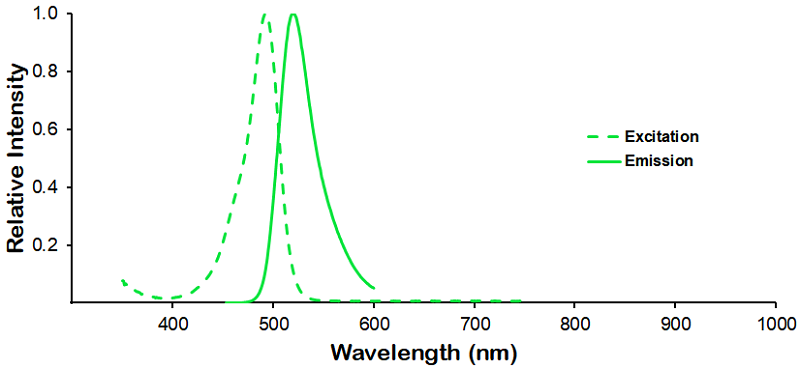
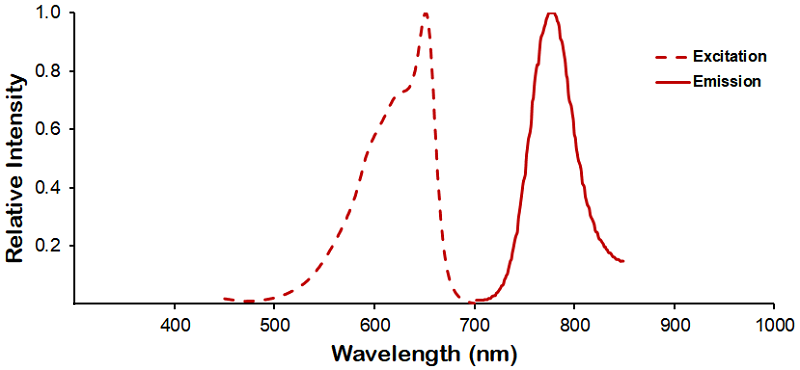
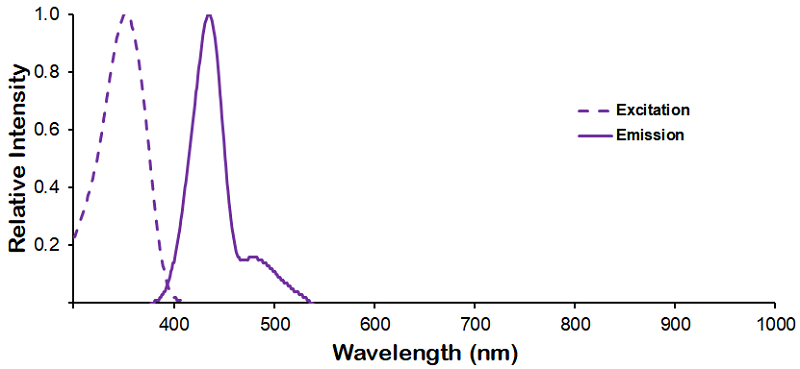
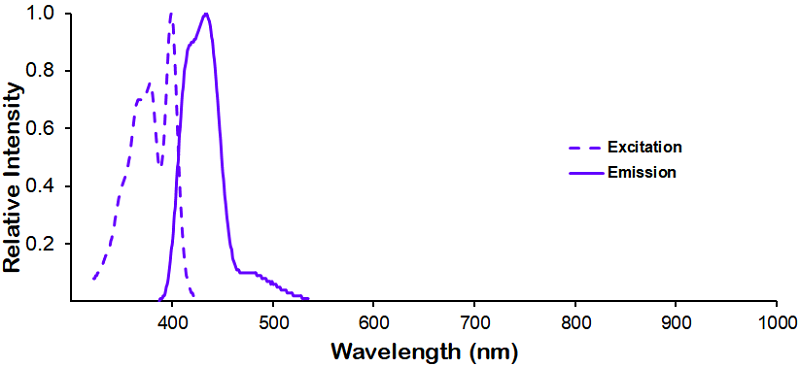
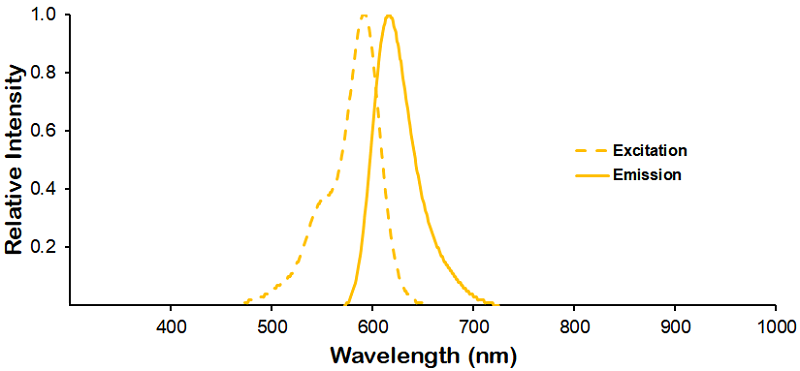
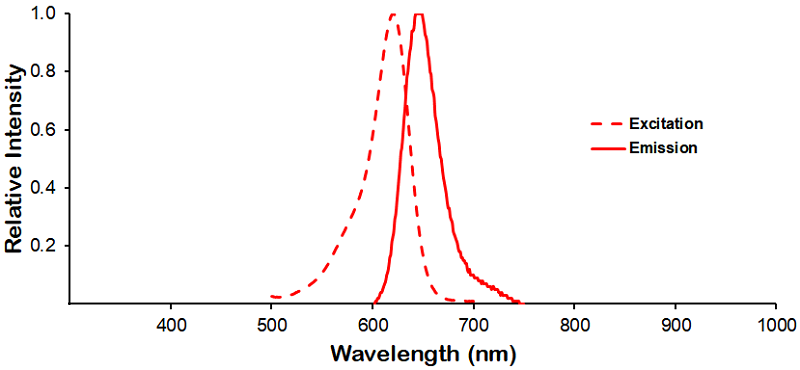
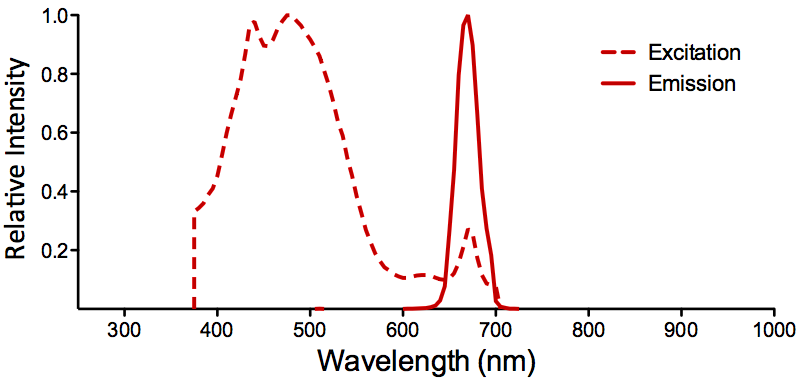
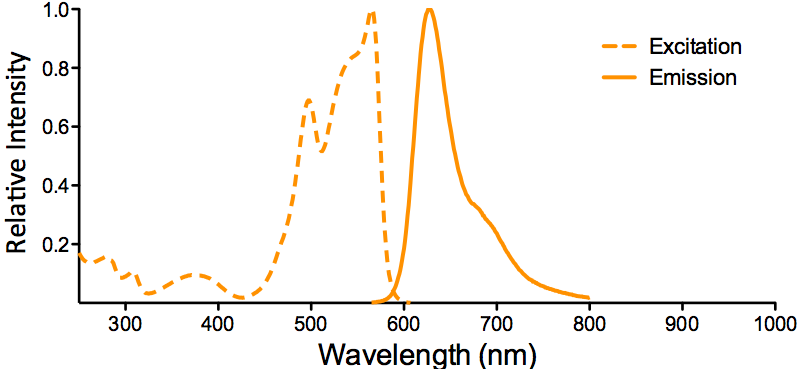
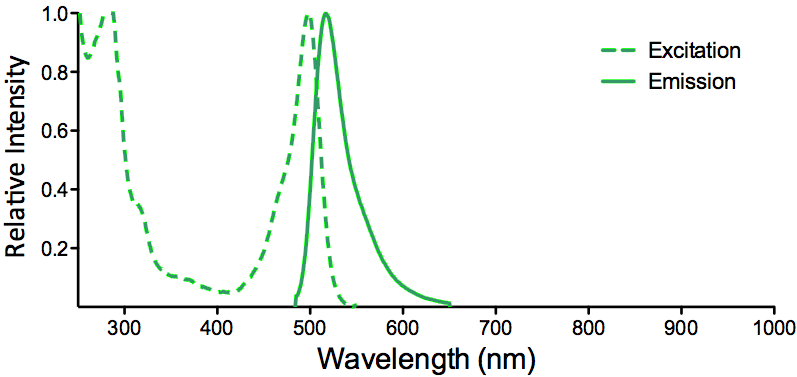
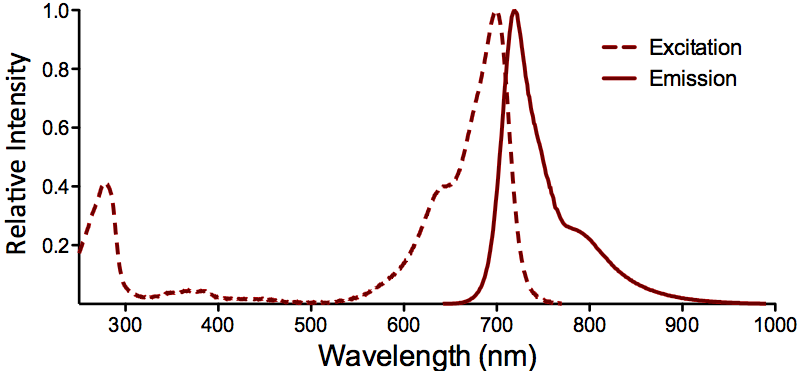
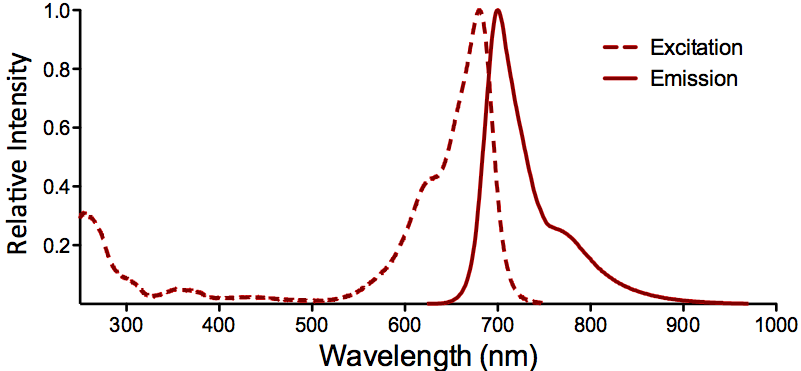
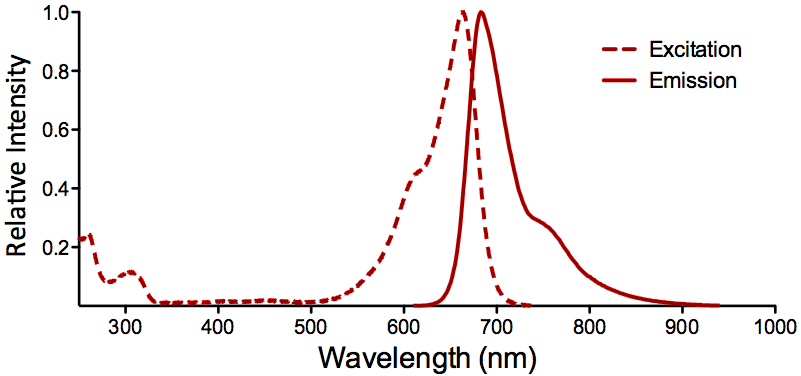
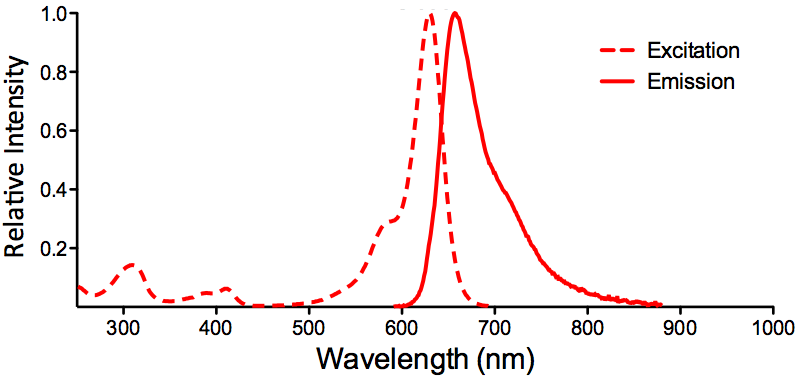
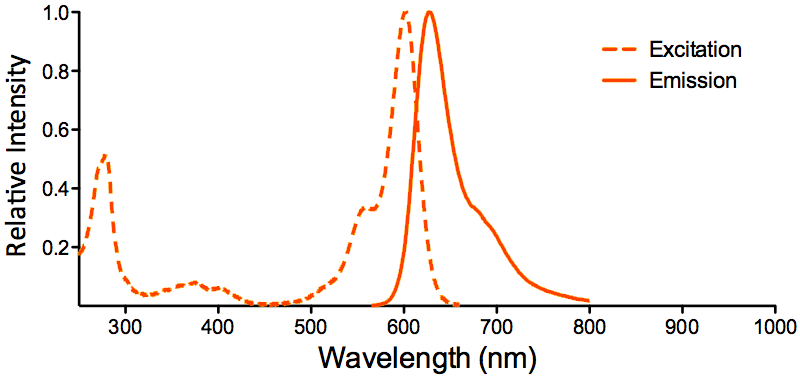
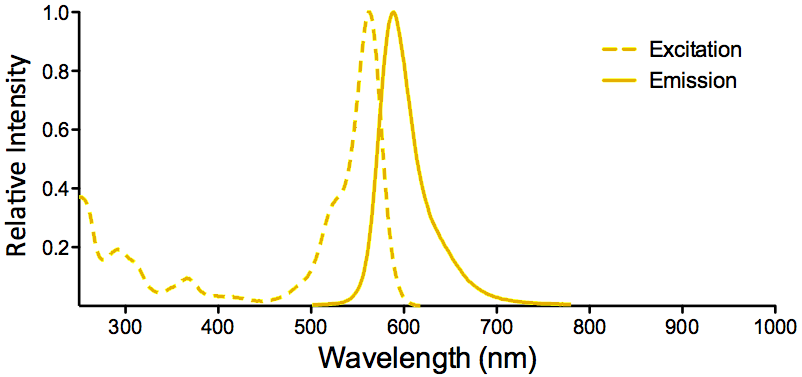
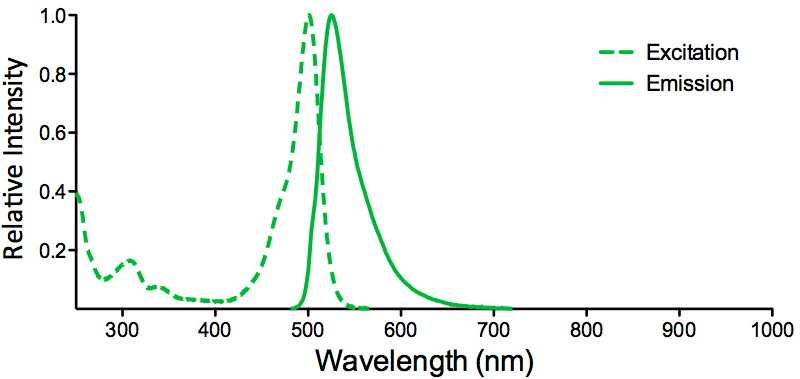
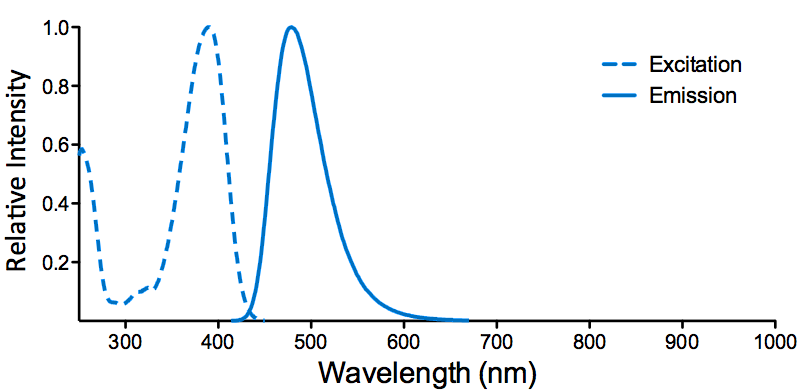
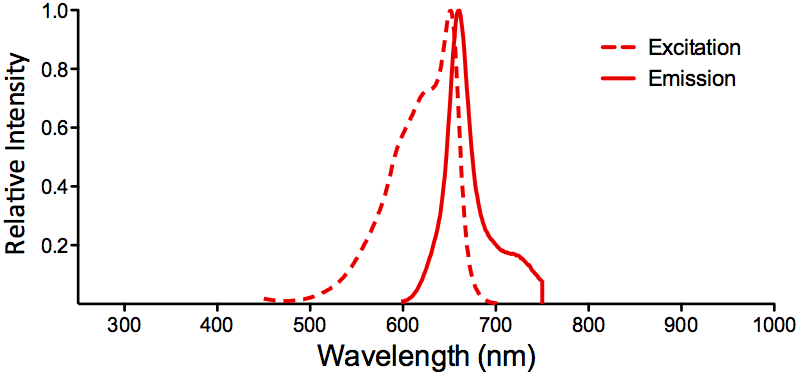
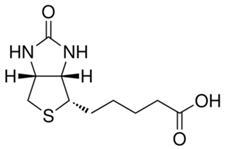
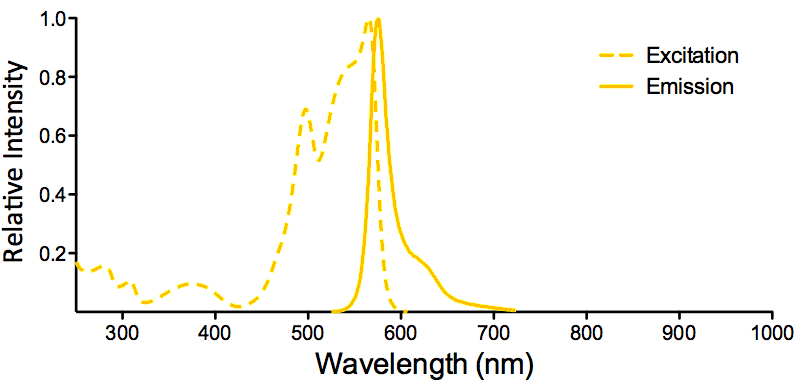
Reviews
There are no reviews yet.